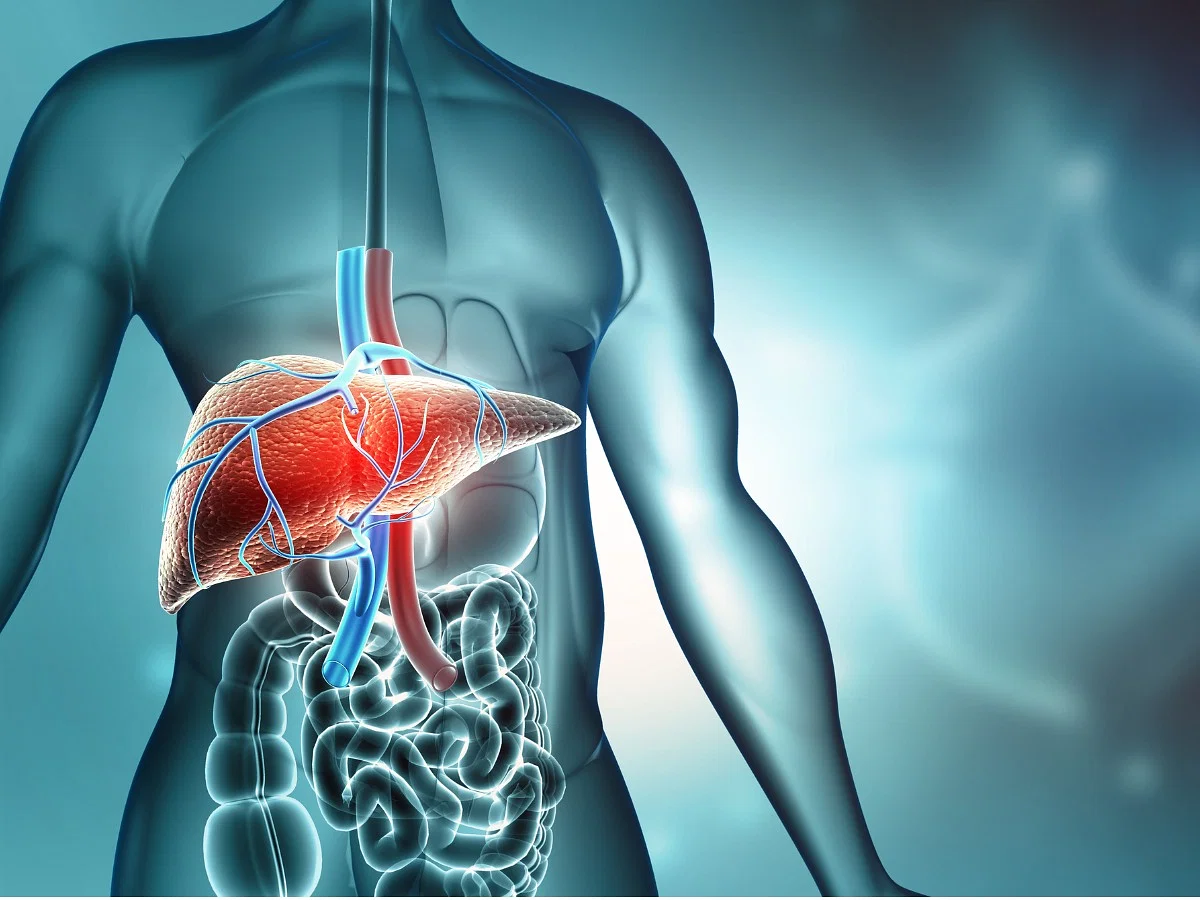In accordance with Ayurveda, the liver is the source of pitta dosha, one of the primary energies characterized by its hot and light attributes. This dosha governs metabolic and biochemical processes responsible for producing energy and heat. Kapha dosha, on the other hand, possesses cold and stable characteristics. When Kapha dosha becomes excessive, it suppresses the functioning of pitta dosha and its supportive role for the liver. Consequently, it can be deduced that the emergence of fatty liver disease is attributed to an elevated Kapha dosha.
Underlying Causes of Liver Disease
While a definitive cause for the propensity of certain individuals towards fatty liver diseases (FLDs) remains unclear, several studies have established a connection between underlying health conditions and FLDs. Let’s delve into some prominent factors contributing to fatty liver.
Obesity
Obesity stands as a significant factor in FLD and other associated health complications. Obesity transcends mere weight gain; it signifies an imbalance in the ratio of body fat to muscle, exerting excessive strain on the skeletal structure. Consequently, mobility and physical activity decline, paving the way for various health issues. The risk of FLD escalates further with the accumulation of excess abdominal fat.
Type 2 Diabetes
Diabetes, known for its impact on natural insulin levels, also seems to facilitate fat accumulation within the liver. This can potentially lead to inflammation or the formation of scar tissue in the liver.
Alcohol Consumption
Excessive alcohol consumption significantly elevates the likelihood of developing fatty liver disease. Alcohol disrupts the liver’s regular functioning, particularly its ability to metabolize fat. Failure to eliminate surplus fat from liver cells contributes to the onset of fatty liver diseases and subsequent complications.
Elevated Triglyceride Levels
Elevated levels of triglycerides circulating in the bloodstream can lead to the accumulation of fat within the liver. This represents a key factor in the development of non-alcoholic fatty liver disease.
What are the Symptoms of Liver Diseases ?
Abdominal Discomfort
Persistent abdominal pain can arise from various causes, and if it endures, it could signal the presence of fatty liver disease. Timely diagnosis is crucial for effective management.
Sense of Fullness
A decreased appetite without an apparent cause, coupled with feelings of fullness despite consuming smaller portions, may indicate fatty liver disease. In some instances, reduced physical activity might contribute to diminished appetite. However, if accompanying symptoms include nausea and weakness, seeking professional assessment is advised.
Unintended Weight Loss
Unintended weight loss and fatigue can result from reduced caloric intake. Yet, if weight loss occurs without deliberate efforts and is accompanied by other symptoms, it might indicate fatty liver disease. Consultation with a medical practitioner and relevant tests are recommended to ascertain the underlying cause.
Pale Complexion and Yellowing of the Eyes’ Whites
Jaundice, a potentially severe condition associated with fatty liver diseases, is signalled by pale skin and yellowing of the whites of the eyes. Prompt attention and treatment are crucial to address this condition.
Abdominal and Leg Swelling (Edema)
While bloating and edema share the common symptom of abdominal swelling, the presence of swollen legs, fatigue, abnormal weight loss, and other related symptoms might warrant investigation for fatty liver disease.

